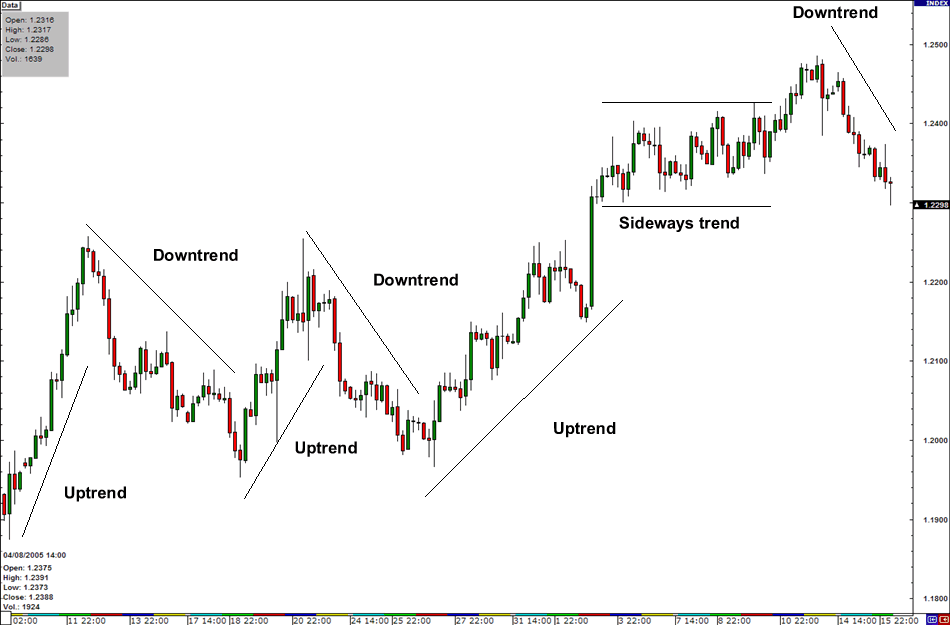If you’ve ever wondered about the mysterious world of trading and how traders make money, you’re not alone. The financial markets can be complex, but understanding the basics can open up a whole new realm of opportunities. In this simple guide, we’ll demystify the process and explore the traders’ key strategies to turn investments into profits.
Understanding the Basics
Before delving into the strategies, let’s establish a solid foundation. Traders essentially aim to buy low and sell high, capitalizing on the fluctuations in asset prices. Whether it’s stocks, currencies, or commodities, the principle remains the same – identifying profit opportunities.

1. Market Analysis
Successful traders begin by conducting thorough market analysis. This involves examining historical data, studying trends, and staying informed about current events that might impact the markets. By analyzing various factors, traders gain insights into potential price movements.
2. Risk Management
Risk is inherent in trading, and effective risk management is crucial. Traders often use the 2% rule, limiting the risk on any single trade to 2% of their total trading capital. This helps protect against significant losses and ensures longevity in the trading game.

Strategies Employed by Traders
Now that we’ve covered the basics, let’s explore the strategies traders employ to make money consistently.
3. Day Trading
Day trading involves executing multiple trades within a single day, taking advantage of short-term price fluctuations. Day traders rely on technical analysis and intraday charts to make quick decisions. The goal is to capitalize on small price movements that occur throughout the day.

4. Swing Trading
Unlike day trading, swing trading extends over a few days to weeks. Traders identify ‘swings’ in the market, capturing gains during upward movements and minimizing losses during downward trends. This strategy requires a keen understanding of technical analysis and chart patterns.
5. Trend Following
Trend following is a strategy where traders ride the momentum of a prevailing market trend. By identifying and aligning with the market’s direction, traders aim to profit from sustained price movements. Moving averages and trendlines are essential tools for trend followers.

6. Contrarian Investing
Contrarian investors take a different approach, going against the prevailing market sentiment. When the majority is bullish, contrarians might see an opportunity to sell, anticipating a market correction. This strategy requires a contrarian mindset and a deep understanding of market psychology.
The Role of Technology in Trading
In the modern era, technology plays a pivotal role in how traders operate.

7. Algorithmic Trading
Algorithmic trading involves computer algorithms to execute trades automatically based on predefined criteria. This approach allows for faster execution and the ability to capitalize on market inefficiencies. Algorithms analyze vast amounts of data to make split-second decisions.
8. Robo-Advisors
Robo-advisors are automated platforms that use algorithms to create and manage investment portfolios. While not traditional traders, these tools have gained popularity for their ability to provide diversified and low-cost investment solutions.

Conclusion
In conclusion, the world of trading offers a myriad of opportunities for those who understand its intricacies. From analyzing markets and managing risks to implementing various trading strategies, traders navigate a dynamic landscape. Whether you’re a novice or a seasoned trader, continuously learning and adapting to market changes is key to success. Remember, successful trading is not about luck but skill, strategy, and disciplined execution. So, armed with this simple guide, take the plunge into the exciting world of trading and discover how traders make money in the financial markets.

FOR A FREE STOCK MARKET SEMINAR VISIT HERE
CALLS @ 9986622277
Disclaimer
The information provided here is for general informational purposes only and should not be construed as financial advice. Investing in the stock market involves inherent risks, and there is no guarantee of profits or protection against losses. Before making any investment decisions, it is essential to conduct thorough research and seek advice from a qualified financial advisor or professional.
